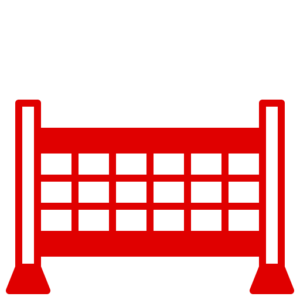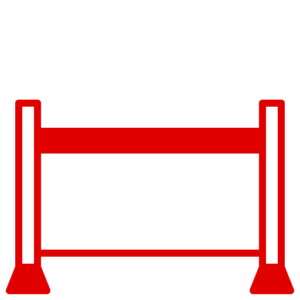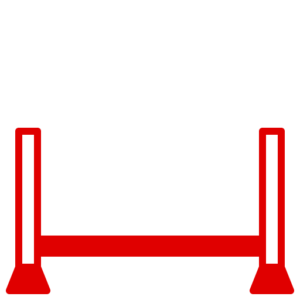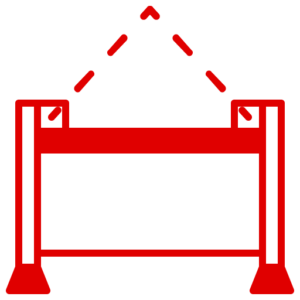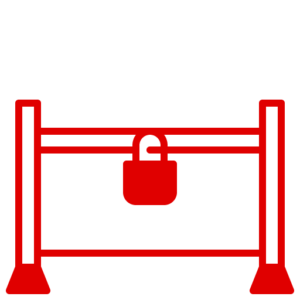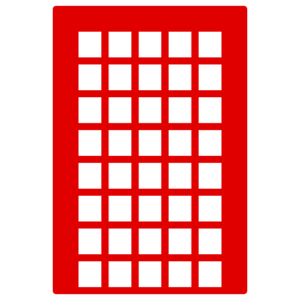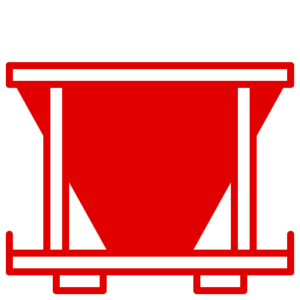News
Mastering the Art of Welding: The Stillages & Cages Approach
At Stillages & Cages, we understand that a strong and reliable joint begins with a flawless weld. Let’s explore the characteristics of a good weld and the pitfalls of a bad one, ensuring the utmost welding quality in our products.
A good weld boasts several key factors. Penetration is paramount as the filler material should deeply fuse with the base materials, forming a sturdy and durable bond. The depth of penetration depends on the type and thickness of the materials being welded.
Fusion is another critical aspect, referring to the complete melting and blending of the filler material with the base metals. In a good weld, the weld bead seamlessly merges with the base materials, leaving no gaps or voids, resulting in a solid joint.
Uniformity plays a vital role in welding excellence. A good weld exhibits a consistent and uniform width along its entire length, ensuring sufficient strength and preventing potential weak points or stress concentration.
Furthermore, the surface of a good weld should be relatively smooth, free from excessive irregularities like bumps, craters, or spatter. Although minor imperfections may be acceptable, a rough or uneven surface can indicate poor welding technique or improper settings.
On the flip side, a bad weld can have significant drawbacks. Insufficient penetration leaves the joint weak and susceptible to failure under stress or load. Lack of fusion means the weld bead fails to fully blend with the surrounding materials, resulting in a weak and unreliable joint.
Inconsistency is another characteristic of a poor weld, with varying width along its length. This inconsistency creates weak spots and uneven stress distribution, compromising the structural integrity of the joint.
Defects are common in bad welds, such as cracks, porosity (air pockets), excessive spatter, or surface irregularities. These defects weaken the weld and impair its overall performance.
At Stillages & Cages, we go the extra mile to ensure the utmost welding quality. Visual inspection alone may not provide a complete assessment, which is why we offer non-destructive testing methods like X-ray or ultrasonic examination. These rigorous tests guarantee the integrity of critical welds, assuring you of the highest standards in our products.
When it comes to your storage and material handling solutions, settle for nothing less than perfection. Choose Stillages & Cages, where the art of welding is mastered to provide you with products of unmatched reliability. Contact us today to discover how our commitment to welding excellence can meet your storage needs.

